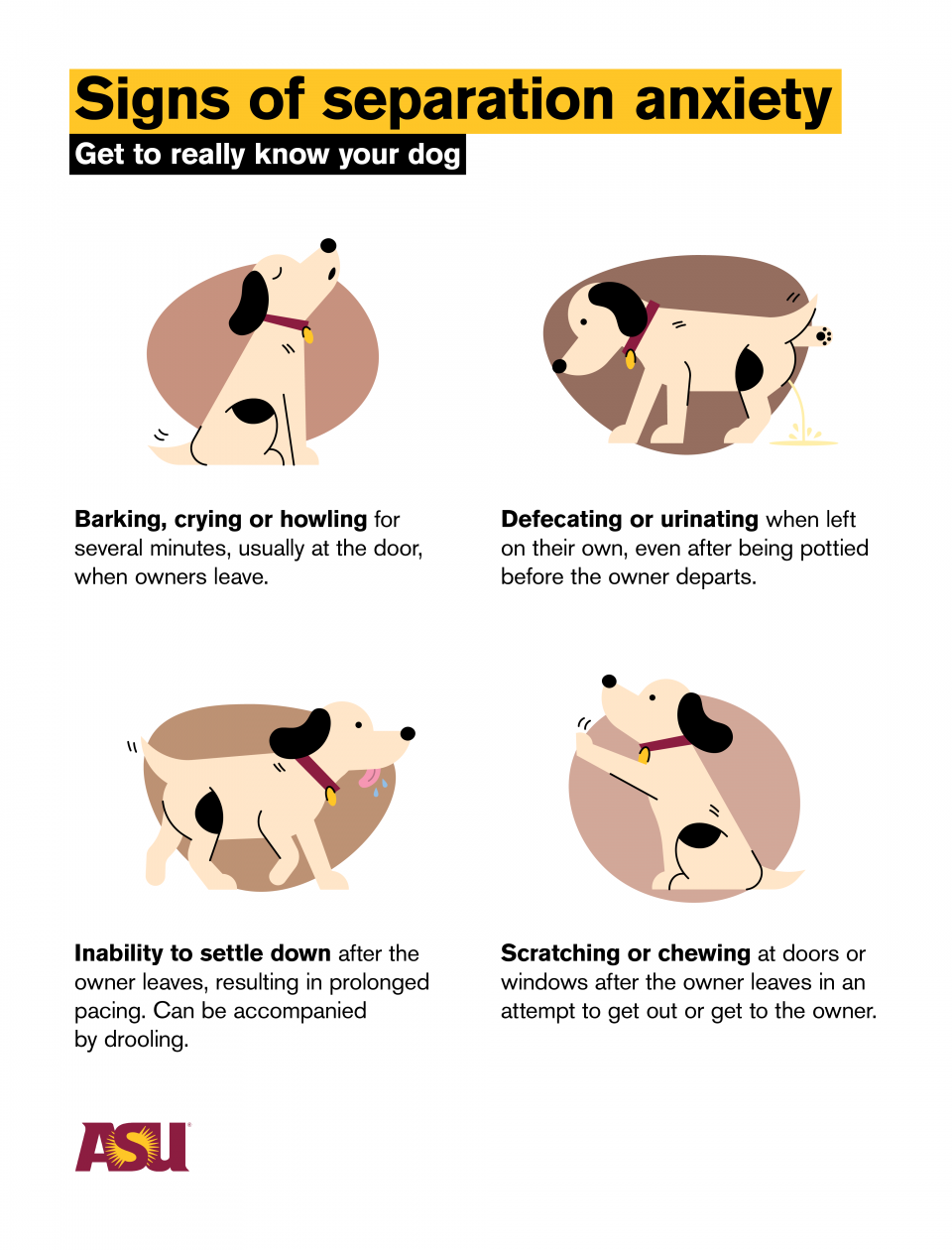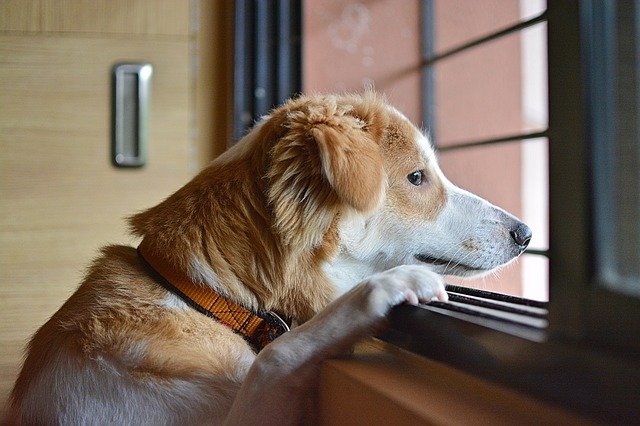This summer, as more and more people are returning to work, the thought at the forefront of a lot of dog owners’ minds is the same: How can I help prepare Fido for my absence and post-pandemic life?
And their concern is not unfounded.
“Dogs are creatures of routine, and when their routine is disrupted, it can cause them a great deal of stress,” said Clive Wynne, Arizona State University professor of psychology and director of the Canine Science Collaboratory.
READ ALSO: 10 dog-friendly restaurants in the Valley
The author of “Dog is Love” is fascinated by the human-dog bond, something he explores further in upcoming research that wades into the controversy over “dominance” in dogs (Do they experience it? What does it imply for our lives with them?).
And while Wynne stresses that he’s not a dog trainer, but rather “a scientist who is interested in dog behavior,” he knows a couple of folks who do have experience in dog training: namely Lisa Gunter and Rachel Gilchrist, both of whom conduct research at the Canine Science Collaboratory and have recently worked with local shelters to study the effects of emergency temporary fostering during the pandemic with support from Maddie’s Fund.
Together, Wynne, Gunter and Gilchrist shared some insights and pointers for easing your pup into post-pandemic life.
Get to really know your dog
In order to gauge how your dog is doing with the transition and get a better idea of what might help them, start paying attention to what your dog does when you are home. If they favor a certain kind of toy, make sure it’s available to them when you leave. If they are easily stimulated by sound, a white-noise machine may help to muffle the sound of delivery people at the door so that your dog stays calm (but too much noise, like from a radio or TV, could make things worse).
It’s also important to be able to determine whether your dog has true separation anxiety or is just experiencing a normal level of all-consuming grief at your departure.
“It’s kind of a scale,” said Gilchrist. “Low-level behaviors like chewing the leg off a toy could resolve quicker than more serious problems like chewing through a door.”
She and Gunter suggest keeping a close eye on your dog as you go about your routine of leaving the house and becoming familiar with the sort of behaviors they manifest and how long it takes them to settle down after you’ve left.
“Technology is your friend here,” Gunter said. “If you don’t have a security camera, you can leave your phone behind to see what they’re doing.”

‘Avoid walking off cliffs’
The most important thing we can do for our dogs is to keep as much of their routine the same as possible, and introduce any necessary changes gradually.
“In my own life with my dog Xephos, one thing we do regularly is watch TV after dinner,” Wynne said. “It may sound stupid, but it does provide her comfort, so that’s something I try to do every day, regardless of whatever else is on my schedule.”
For routines we may have developed during the pandemic that our schedule no longer permits, Wynne suggests shifting them over time.
“Avoid walking off cliffs,” he said. “If you need to start leaving the house for longer periods of time, maybe start by just going out for a short walk without your dog. Make it just an hour the first time, then a couple hours and so on, so your dog can get used to the idea that, yeah, you do leave, but you also come back.”
Dogs need enrichment, too
Once you have a better idea of what might keep your dog entertained on its own, you can look for toys and activities that are more likely to keep their attention.
“I’m a really big fan of food-dispensing toys,” Gunter said. “And there are so many on the market now, so they’re a great way to keep them busy.”
She recommends testing the new toy out with your dog while you’re home, to make sure they get the hang of it before being left alone. Then you can even use it to dispense whole meals, giving them a task that will last longer than a few gobbles.
“It’s important for them to learn these skills while we’re home so they have them in their tool bag and can use them when we’re away,” Gunter said.
Some things just depend on the dog
If you’re a Googler, you’ve likely seen everything from crate training to companion dogs offered as solutions for a lonely pup.
“Please don’t just Google stuff and do the first thing you find,” Gilchrist said. She, Gunter and Wynne all agree that any measure taken to alleviate your dog’s discomfort should be based on their unique personality.
For some dogs, crates are their safe spaces. For others, crates can actually exacerbate anxiety.
“Imagine already being upset about being on your own, and then throwing in some claustrophobia with it,” Gunter said.
And a pooch pal isn’t always the best idea, either. Some dogs may enjoy the companionship, while others might become territorial over resources like toys or food and get into fights. Others may be totally indifferent, longing only for their beloved human.
“There is some literature out there that shows dogs don’t always do a whole lot of interacting when we leave,” Gilchrist said. “From my own experience, when I watch my dogs with my Nest Cam, nine times out of 10, they curl up separately in their own spots and just wait it out.”
Nothing compares to you (but your friend will do)
“In our culture, we too regularly leave our dogs alone,” Wynne said. “We bring them into our lives and we love them so much because of their highly social nature, but we don’t think about how that’s a two-way street. Leaving a dog alone for eight or more hours is pushing this highly social being beyond the limits of its design capacities.”
If you absolutely can’t bring your dog with you or stay home with them, Wynne advocates considering doggy day care, hiring a dog walker or even just asking a trusted friend or family member to visit your dog to help break up the day, especially during the first few weeks of transitioning to being back at work.
“Many dogs would happily hang out with any human they were introduced to, so it would be very easy, if needed, for them to get used to a dog walker or a neighbor or a friend coming by,” he said.
For those having an especially hard time with their dog, Gunter highly recommends dog behavior consultant Malena DeMartini. She can be reached through her website and is the author of “Separation Anxiety in Dogs: Next Generation Treatment Protocols and Practices.”




